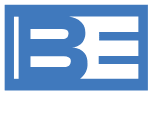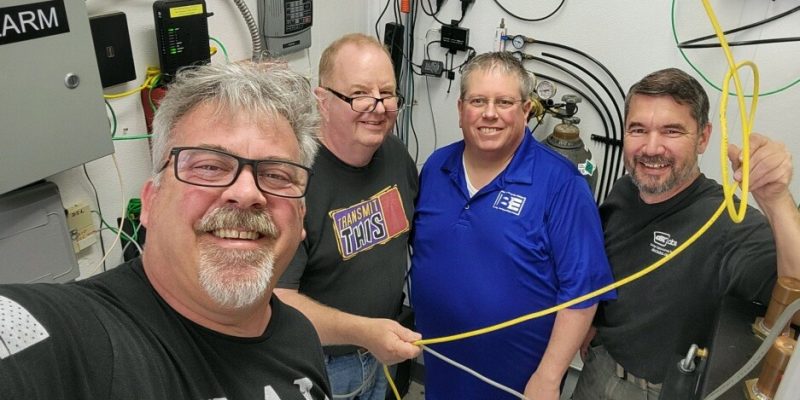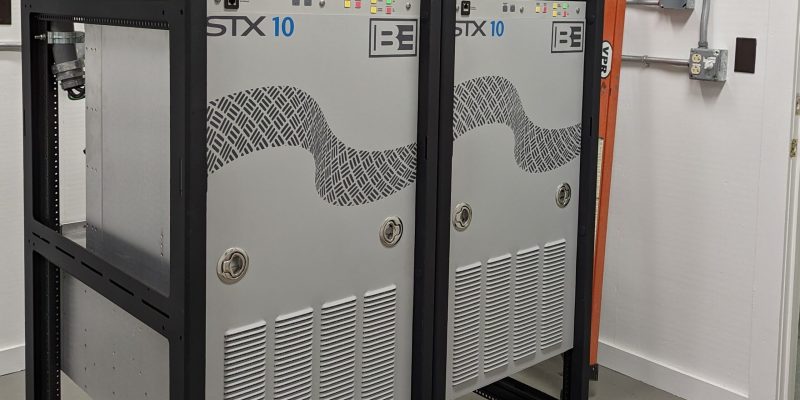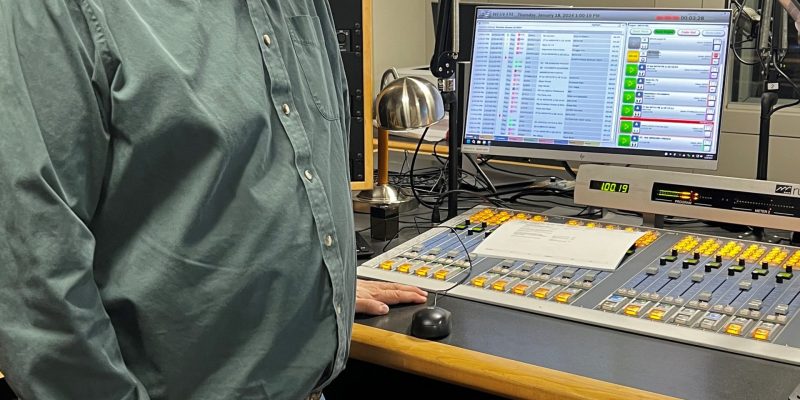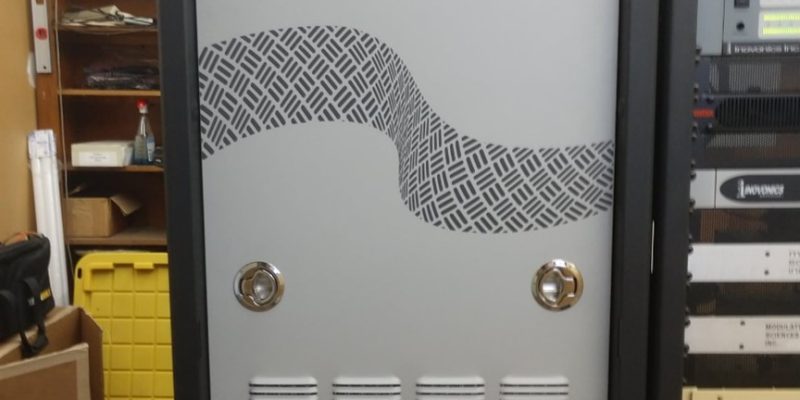The activity at Bonneville’s studios in downtown Chicago rivals the air traffic at nearby O’Hare airport. Program content is coming out of the studios in droves, landing on three main frequencies on the FM dial as well as their respective HD Radio multicast channels, plus four streaming websites. There are 10 program streams, many automated by BE’s AudioVAULT digital media system and aired by BE transmission and HD Radio systems. In addition, title, artist and promo text is being broadcast on each of the HD channels, handled by BE’s Messagecasting system, The Radio Experience.
Bonneville Chicago Radio Group Vice President of Programming, Greg Solk, managing one channel for each finger, talks to BE about the challenges and rewards of programming for HD and the web, and how these new program opportunities remind him of early FM, when managers turned over the burgeoning medium to jocks who brought in their record collections to play on the air.
BE: What’s your programming approach for these new HD channels?
GS: We’re going way deeper on HD2 to try to provide a more unique listening experience for those early adopters of HD. On all three HD2 channels and their streams, we’re rotating thousands of album cuts that are rarely heard on radio anymore.
BE: Why do you think the deep tracks format works so well for HD2 and streaming, and not for the main stations?
GS: The competition is too fierce these days for a station in a market this big to run such niche formats [as a main broadcast]. We have to go for a lot more familiarity and a larger cume base. But the Internet or the HD2 channel is a really good place for these formats.
BE: It sounds like there are several underserved markets that HD addresses.
GS: Yes. We’re talking rotations that are so deep and the cuts are often obscure and so long, it’s hard for a traditional radio station to put that on a main signal. A Pink Floyd song that runs for 20 minutes, for example, doesn’t work on The Drive (WDRV 97.1), but it does work on our Drive Deep Tracks HD2 channel. The same goes for our Love Songs HD2 format on 100.3 (WILV, Love FM), which is a soft blend of traditional AC that’s missing in a lot of markets right now. Nowhere else on the radio can you hear artists like Bette Midler or Manilow or Roberta Flack. And, our HD2 on WTMX 101.9, which is everything ‘80s — that’s a format that’s kind of gone away because the demo got a little older, and people are chasing those younger 25-44 and 25-54 listeners, so this is music that has been forgotten.
BE: Whew! How do you manage all that programming material?
GS: That’s what the AudioVAULTs are for! Seriously, it’s somewhat reminiscent of the old AOR days, when everyone brought in their albums. That’s how a lot of the deep tracks are played here, actually. The jocks just bring in CDs from home, and we play them, and we get a great response. We have over 100,000 users a month on our deep tracks Internet stream alone.
BE: Where does text, such as title and artist information, fit in?
GS: Text is another benefit to our audience. They get something they’re constantly asking of radio: tell me who sings that song. It’s right there on their radio, and we have it for all our HD channels. Very cool. We’re also working on a brand new concept with BE (The Radio Experience) to put up messages and promotional information that can be updated throughout the day.
BE: Any words of wisdom to programmers about to go HD2?
GS: Trust your instincts. A lot of programmers have said to themselves for a number of years, “Boy, if only they’d let me do this or that.” Well, hopefully, HD2 is allowing them to take chances and put on some unique, compelling content.
